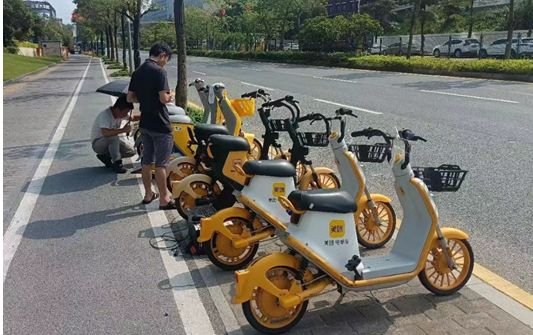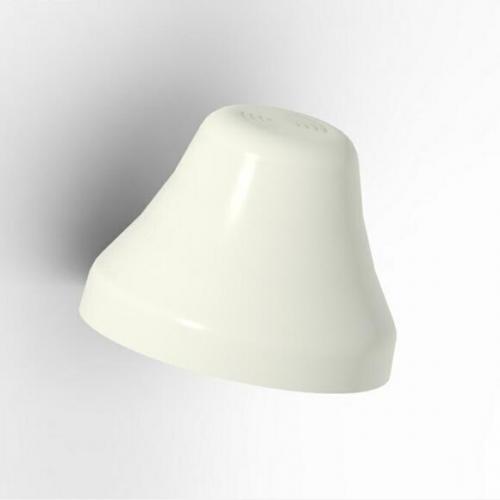GPS Antenna, GNSS Antenna, bike antenna, scooter antenna
The GPS Antenna in the Shared Bikes & Scooters
 Integrating a GPS antenna into a shared bike or scooter is an essential part of their telematics system, allowing the service provider to track and manage the fleet efficiently. But how this can be achieved:
Integrating a GPS antenna into a shared bike or scooter is an essential part of their telematics system, allowing the service provider to track and manage the fleet efficiently. But how this can be achieved:
1. GPS Module Selection: Choose a compact, low-power, and high-performance GPS module suitable for outdoor applications. It should provide accurate location data even in urban environments with potential signal obstructions.
2. Antenna Placement: The GPS antenna needs to be placed where it has a clear view of the sky to receive satellite signals optimally. Common locations include:
•On top of the handlebar stem
•Integrated within the scooter/bike frame (ensuring no metal completely surrounds the antenna)
•As a separate unit mounted on the rear rack or under the seat (encased in plastic to prevent water damage)
3. Cabling: Connect the antenna to the GPS receiver using a shielded cable that minimizes signal loss. Ensure that the cable length is as short as possible to maintain signal integrity.
4. Power Connection: Power the GPS module from the bike/scooter’s battery. It should have a low power consumption mode when not in active use to conserve battery life.
5. Integration with IoT Device: Integrate the GPS module with the IoT device or controller board that manages the bike/scooter’s connectivity. This device usually includes a cellular modem or other communication technology to transmit the location data to the server.
6. Software Configuration: Configure the GPS software to regularly send location updates to the backend server. This enables real-time tracking, geofencing, and other location-based services.
7. Enclosure and Waterproofing: Make sure all electronic components, including the antenna and its connections, are well-protected against dust and water ingress to ensure longevity.
8. Testing: Thoroughly test the GPS functionality before deploying the bikes/scooters, ensuring that it consistently receives and transmits accurate location data.
By following these steps, we can successfully integrate a GPS antenna into a shared bike or scooter system. This will not only help in tracking the vehicles but also enhance user experience through features like finding nearby available bikes/scooters, trip history, and theft prevention.


